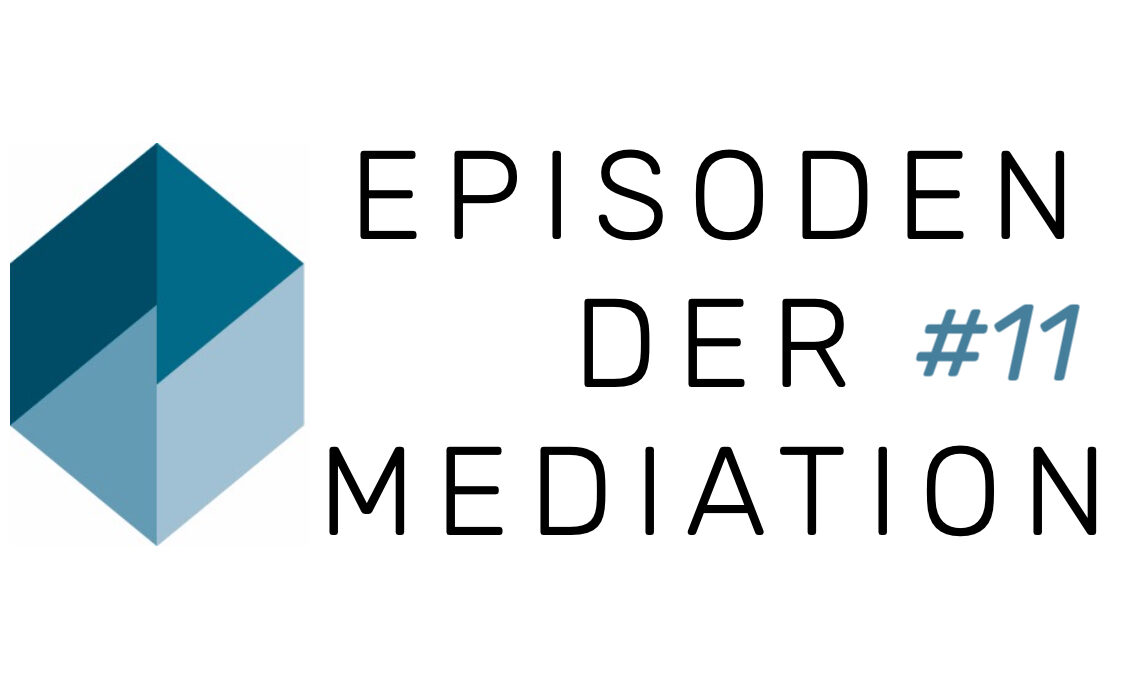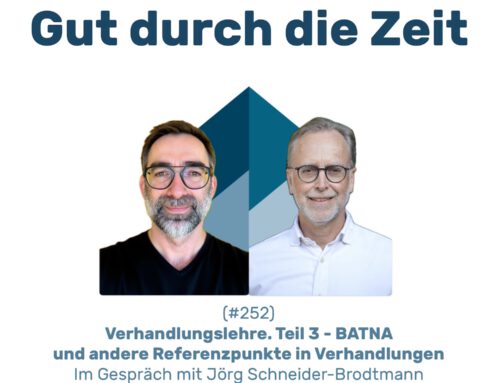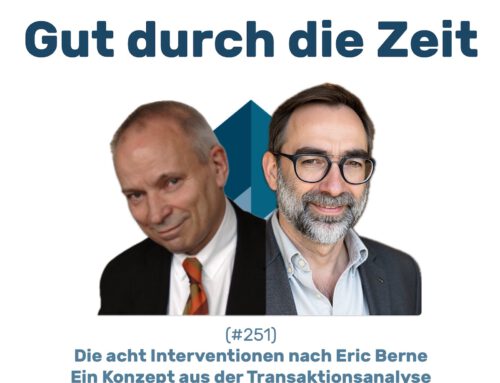INKOVEMA Podcast „Episodes of Mediation“
#11 EdM – Conflict Escalation II – The nine-stage model of conflict escalation according to Friedrich Glasl
Nine steps to the common abyss.
Episodes of mediation. The podcast on practical questions about mediation and conflict management.
Welcome to the EdM,
INKOVEMA's teaching stream on the practical issues of mediation and conflict management.
Practical situations in mediation, but also in coaching and conflict counselling, are explained, reflected upon and categorised.
That is Episode 11 - Conflict Escalation II - The nine-stage model of conflict escalation according to Friedrich Glasl.
…
The Nine stages of conflict communication according to Glasl are – distributed over the three levels:
Level I – Win-win area
Phase 1: Upset
- Points of view harden, positions are sought, one-sidedness becomes clearer.
- Those involved react angrily, annoyed, sensitively, emotional tension arises.
- Right or truth creeps into communication (Binary coding of the language).
Phase 2: Polarisation
- Viewpoints continue to polarise, positions are found and become more extreme,
- The exchange of opinions becomes a debate and discussion, polemics are exchanged.
- Those involved want to be right, to keep and to be awarded, become polemical, sarcastic or cynical.
- Correct overtone, aggressive undertone, conflict becomes recognisable to all.
Phase 3: Actionism
- Actions instead of words, mistrust arises as to whether "the other person is even willing", "action must be taken! It can't go on like this!".
- Contacts are broken off, facts are created, targeted actions are instigated.
- Actions that are not explained do not have the desired consequences, which is is attributed to the unwillingness of the other ("Autistic circular process").
=> Conflicts are real opportunities for both sides!
Level II – Win-lose range
Phase 4: Coalition building
- They begin to encroach on their surroundings, to take advantage of others, to seek confirmation of their own reasonable behaviour and good will as well as the unreasonableness of others, and bystanders become participants ("Swirl effect").
- The shared history is being rewritten one by one ("New remembrance").
Phase 5: Loss of face and face attack
- Exposing actions, unmasking, demonstrations, so that the grimace of the guilty party becomes visible to everyone ("Establishment of the offender status"). The New Remembering "shows" how much one is a victim oneself, enemy images are generated ("Personification").
- Communication only has a selective confirming effect!
Phase 6: Threats
- Ultimatums are issued, sanctions threatened,
- Self-binding measures as an expression of desperate strength and one's own victim status at the same time ("Self fulfilling prophecy").
- A climate of fear and threat is emerging.
Level III – Loose-lose range
Phase 7: Limited retaliatory strikes
- Realisation of threats, thinking in black and white; friend/enemy.
- Limited, controlled destruction strikes are considered "appropriate actions", i.e. necessary, in self-defence and as a sacrifice of the other.
- Violence is considered appropriate and is always "just a reaction".
- The other person is to blame for the conflict and the violence – and in general.
Phase 8: Fragmentation
- Violence does not stop the conflict, but is the cause of further violence.
- The "punitive moment" of violence misses the mark because it is unacceptable to others.
- The aim is now to destroy the enemy system, because in the logic of those involved this seems to be the only solution to end the conflict.
Phase 9: Total destruction
- Self-protection takes a back seat; the aim is to destroy the other person at all costs.
- Together into the abyss, the divisive still leads together, nihilism





Leave A Comment